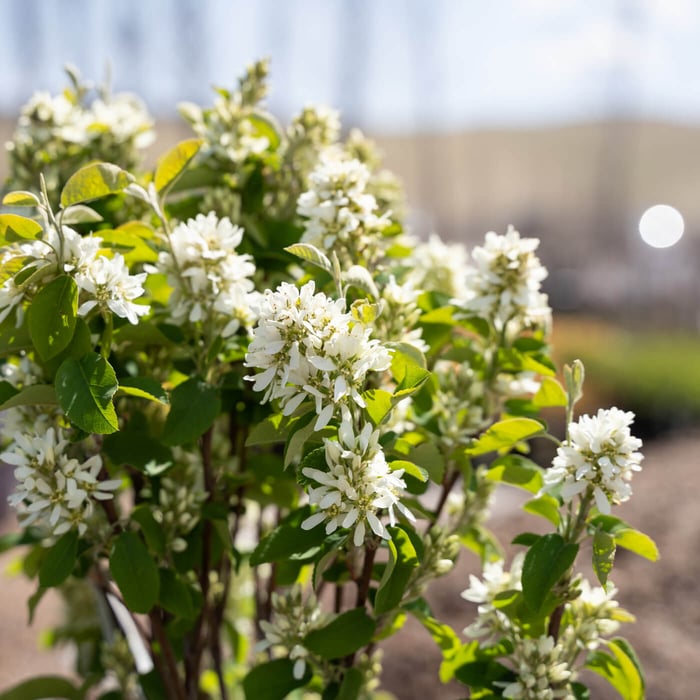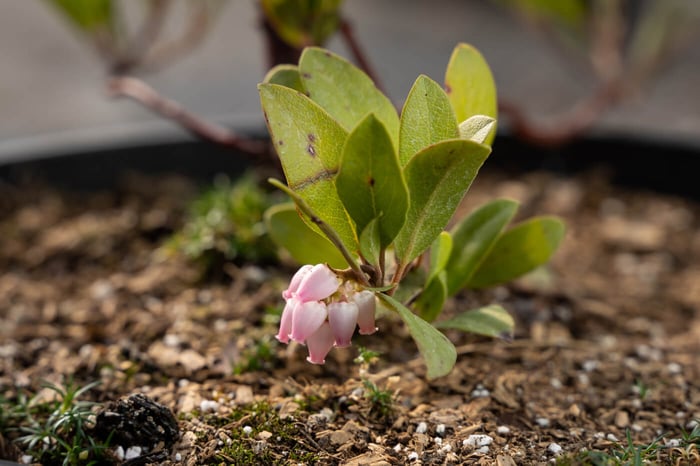If you’re looking for a way to add a touch of beauty and elegance to your Utah landscape, consider planting serviceberry trees or shrubs. This versatile and unique tree provides a wide range of benefits to your home and garden, and will fit nicely into any landscape. Serviceberries are deciduous, meaning they will lose their leaves in the winter months. This makes them ideal for climates that experience cold temperatures during the winter, as the trees are less likely to be damaged by the snow and ice. The larger varieties also provide a great source of shade in the summer months, keeping your yard and home cool and comfortable.
The blooms of serviceberry trees are an especially nice addition to your landscape. In the spring months, they produce beautiful white blossoms that attract birds, pollinators and other wildlife. Once the flowers fall, small fruits appear that turn dark purple-black when ripe. The fruits are not only attractive but also delicious. They can be used for a variety of recipes, such as pies, jams, and jellies. Considering their attractive growth habit, stunning blossoms in spring, delicious fruit, and bold orange and red fall color, serviceberry trees are one of our favorite multi-purpose focal point trees! They will bring a touch of intrigue to your yard for the majority of the year.
In addition to adding beauty to your landscape, serviceberry trees are beneficial in other ways. Like all trees and shrubs, they can help to improve air quality by providing a natural filter for pollutants and they can reduce energy costs as the trees help to keep your home and garden cooler. Plus, the birds they attract to your landscape bring beauty and peaceful chatter to your whole neighborhood.
There are several varieties of serviceberry trees with varying growth habits. The largest tree, Spring Flurry, can reach a height of 35 feet with a spread of 20 feet, while the smallest, Regent, is simply a shrub with a height and width of 4 to 6 feet. You’ll find several other varieties ranging in all sizes between those two extremes. If you have a small space to fill, you may be interested in the columnar version, ‘Obelisk’ Standing Ovation, which reaches a height of 15 feet but only 4 feet wide. You can also find them in single-trunk tree form or as an attractive clump.
‘Obelisk’ Standing Ovation Serviceberry
Serviceberry trees are easy to maintain. They require minimal pruning and maintenance, and can easily be shaped and kept in check. They are incredibly hardy trees. In fact, depending on the cultivar, they range in hardiness from zone 4, all the way down to zone 2! They’re also resistant to disease and pests, so they’ll last a long time in your garden. Serviceberries can handle our soil and tolerate irrigation water from any source, (even Utah Lake).
If you’re looking to add beauty, elegance, flavor, and ornamental interest to your landscape, serviceberry trees are a great choice.









